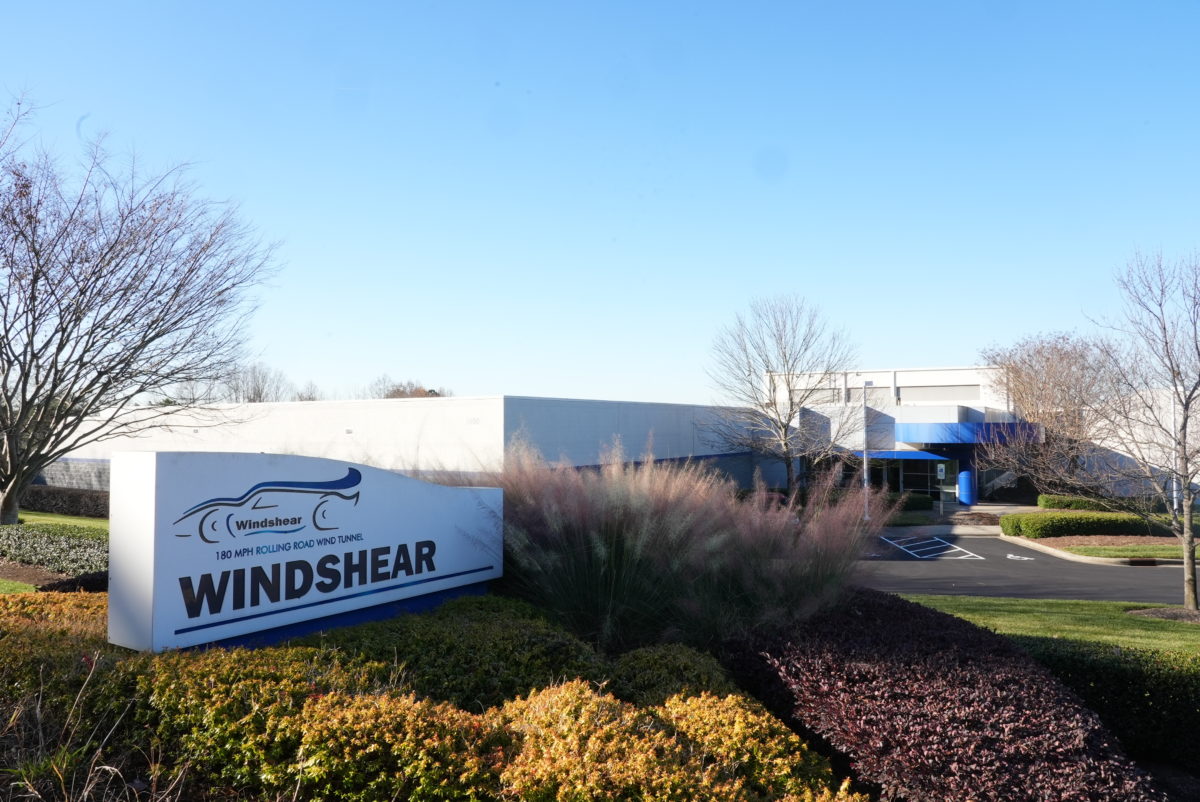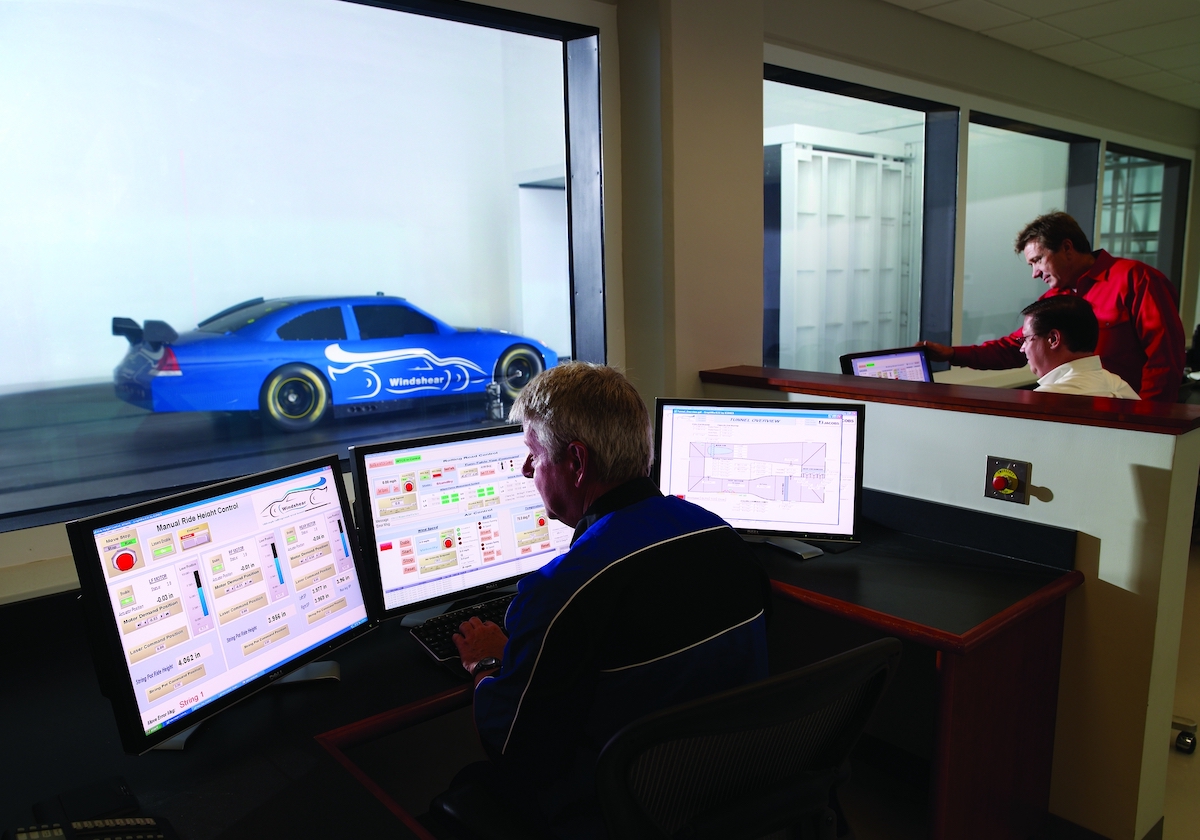

Supercars is far from alone in using Windshear’s state-of-the-art wind tunnel, to which it has sent its Gen3 race cars for parity testing.
While such an activity is a first for the Australian Touring Car Championship, the North Carolina facility is in constant demand by IndyCar and NASCAR teams which are located nearby.
Windshear Manager Brian Nelson explains, “The facility was built in 2007 as a want of Gene Haas and his racing endeavours, and to support his NASCAR team and then other teams and it really came to be as a commercial facility.
“So, the key factor is the single belt moving ground plane in the facility, the first one in North America and the only one that’s commercially available for race teams to use.”
The move is a significant investment for Supercars, which has already spent almost $10 million on grants to teams to subsidise the cost of their initial Gen3 builds, let alone two VCATs and other development work which has already been undertaken.
However, with cars in identical specification within each of the Chevrolet and Ford camps, and the Camaro and Mustang mostly identical to each other under the skin, the margin for error on parity is virtually nil, and hence the need for the wind tunnel.
“In talking to the OEMs, et cetera, the level of the racing that we’re at, at the moment, I think everybody agreed that it would be extremely beneficial to put both our cars in the wind tunnel,” said Supercars CEO Shane Howard from the United States.

“So, we’re making history for Supercars here at the moment. This has never been done before, and it’s a big process and there’s going to be a lot of learnings.”
Windshear’s wind tunnel is a rolling road, which is a stainless steel conveyor belt, 3.2 metres wide and nine metres long.
Air temperature is a constant 24°C, plus or minus one degree, with a 6.7m diameter fan made of up 29 blades able to simulate speeds of up to 288km/h (180mph, according to Windshear).
While VCAT involves straight-line running only, Windshear’s turntable has a yaw capacity of +/- 8 degrees.
The Camaro and Mustang which have been sent across the Pacific by Triple Eight Race Engineering and Dick Johnson Racing will sit on Teflon-coated tyres and Windshear’s active ride height system, so that measurements can be taken at various ride heights.
Personnel have already been prepping the cars for five days, with three, 12-hour days of wind tunnel testing now underway, plus the potential for an extra two days next week if deemed necessary.
While the exercise is generally agreed to be world’s best practice, Indianapolis 500-winning former Supercars engineer Luke Mason believes that VCAT has its merits also and has cautioned that wind tunnel testing “might not be the be all and end all.”




















Discussion about this post